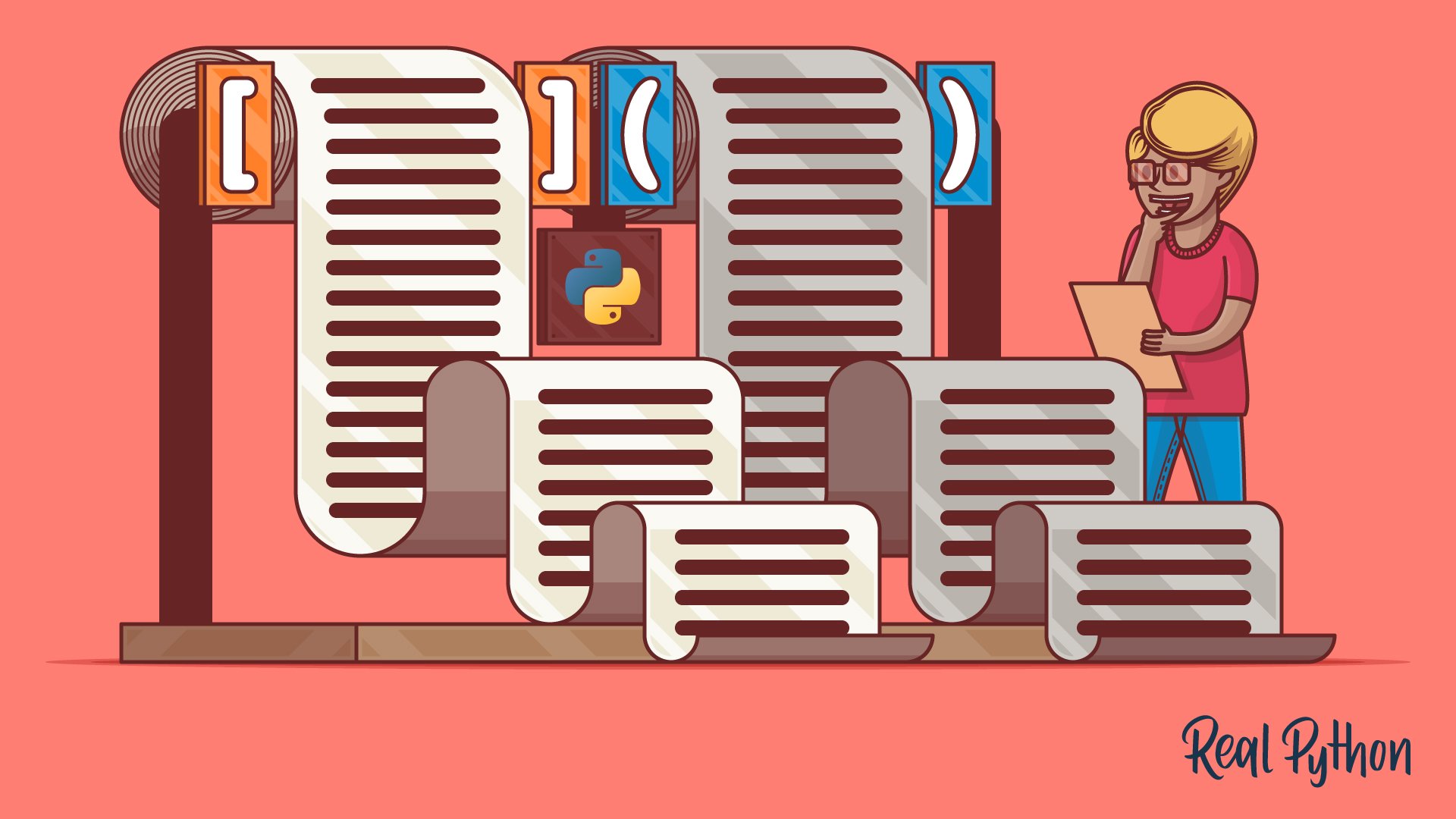In this course, you learned about working with lists and tuples. Lists and tuples are arguably Python’s most versatile, useful data types. You’ll find them in virtually every non-trivial Python program.
Here’s what you learned in this tutorial: You covered the important characteristics of lists and tuples. You learned how to define them and how to manipulate them. You now have a good feel for when and how to use these object types in a Python program.
Take the Quiz: Test your knowledge with our interactive “Lists vs Tuples in Python” quiz. You’ll receive a score upon completion to help you track your learning progress:
Interactive Quiz
Lists vs Tuples in PythonChallenge yourself with this quiz to evaluate and deepen your understanding of Python lists and tuples. You'll explore key concepts, such as how to create, access, and manipulate these data types, while also learning best practices for using them efficiently in your code.
Congratulations, you made it to the end of the course! What’s your #1 takeaway or favorite thing you learned? How are you going to put your newfound skills to use? Leave a comment in the discussion section and let us know.


slickrick on Sept. 4, 2019
Fantastic! This really helped me level up my understanding of lists and tuples. Keep up the great work!